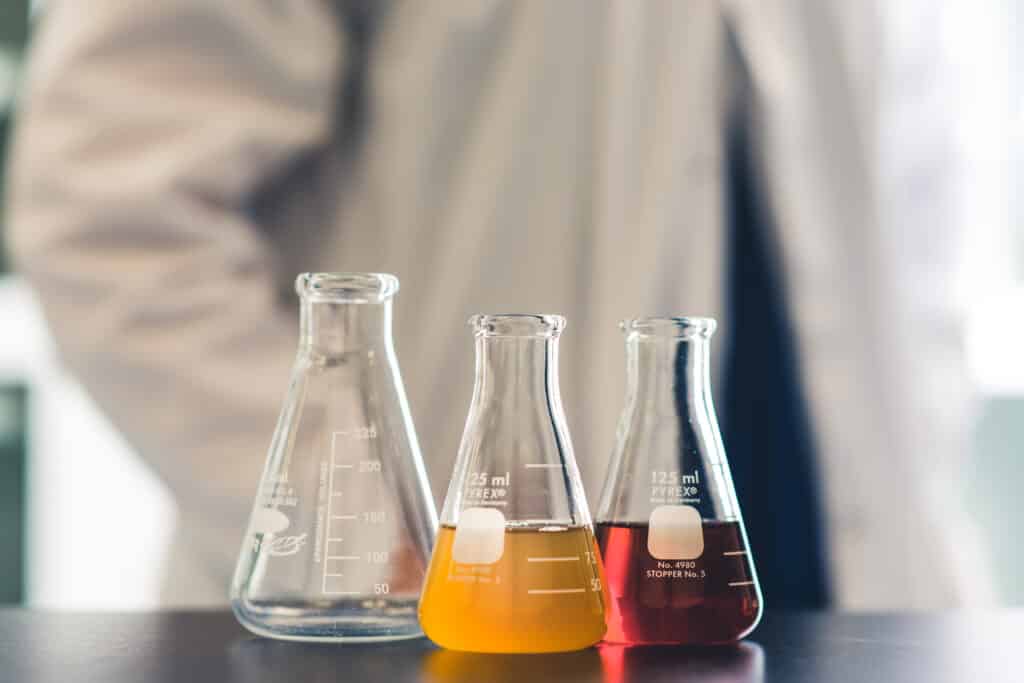
Quality control in laboratories is essential to ensure accurate and reliable results in various scientific and diagnostic processes. One of the crucial components of quality control involves the use of matrices – substances with known characteristics that are used to validate the accuracy and precision of analytical methods. In this blog, we will delve into the differences between real human matrices and synthetic matrices used for quality control in laboratories.
Real Human Matrices
Real human matrices are derived from actual biological samples collected from human donors. These samples could include blood, urine, tissue, or other bodily fluids. The primary advantage of using real human matrices is their authenticity. Since they are sourced from human donors, they closely mimic the characteristics of actual patient samples. This enables laboratories to assess the performance of their testing methods against realistic scenarios.
Advantages of Real Human Matrices:
- Authenticity: Real human matrices closely resemble the samples that laboratories handle in their routine diagnostic and research work. This authenticity allows for more accurate evaluation of assay performance.
- Complexity: Biological samples are inherently complex, containing a variety of components that can challenge analytical methods. Real human matrices capture this complexity, making them valuable tools for assessing the robustness of laboratory procedures.
- Interference: Real human matrices can reveal potential interference from various sources, such as endogenous substances present in patient samples.
Limitations of Real Human Matrices:
- Limited Supply: Sourcing real human matrices can be logistically challenging and expensive due to ethical considerations, donor availability, and the need for proper consent.
- Variability: Human matrices can exhibit inherent variability due to individual differences in physiology, genetics, and other factors. This variability can complicate quality control efforts.
Synthetic Matrices
Synthetic matrices, on the other hand, are artificially created mixtures that replicate certain characteristics of real human matrices. These mixtures are designed to simulate the behavior of real patient samples while offering more control over composition and consistency. Synthetic matrices are particularly useful when real human matrices are scarce or when specific scenarios need to be tested.
Advantages of Synthetic Matrices:
- Control: Synthetic matrices allow laboratories to control the composition and concentration of analytes, mimicking different clinical scenarios and potential challenges.
- Reproducibility: Since synthetic matrices are created under controlled conditions, they offer a higher level of reproducibility and consistency compared to real human matrices.
- Versatility: Laboratories can tailor synthetic matrices to meet their specific quality control needs, allowing for targeted testing of various aspects of analytical methods.
Limitations of Synthetic Matrices:
- Realism: While synthetic matrices can closely mimic certain aspects of real human matrices, they may not capture the full complexity and variability of actual patient samples.
- Unforeseen Interactions: Synthetic matrices might not account for all possible interactions that occur in real biological samples, potentially missing certain sources of interference.
Both real human matrices and synthetic matrices play crucial roles in laboratory quality control. Real human matrices provide a touchstone for assessing the performance of assays under conditions that closely resemble real patient samples. Synthetic matrices, while not perfectly replicating the complexities of real samples, offer valuable control and reproducibility, especially in cases where real samples are limited or specific scenarios need to be tested.
In the realm of laboratory quality control, the choice between real human matrices and synthetic matrices depends on the specific goals of the testing, the availability of authentic samples, and the level of control and reproducibility required. Balancing the strengths and limitations of both types of matrices is essential for establishing robust and reliable laboratory practices.
